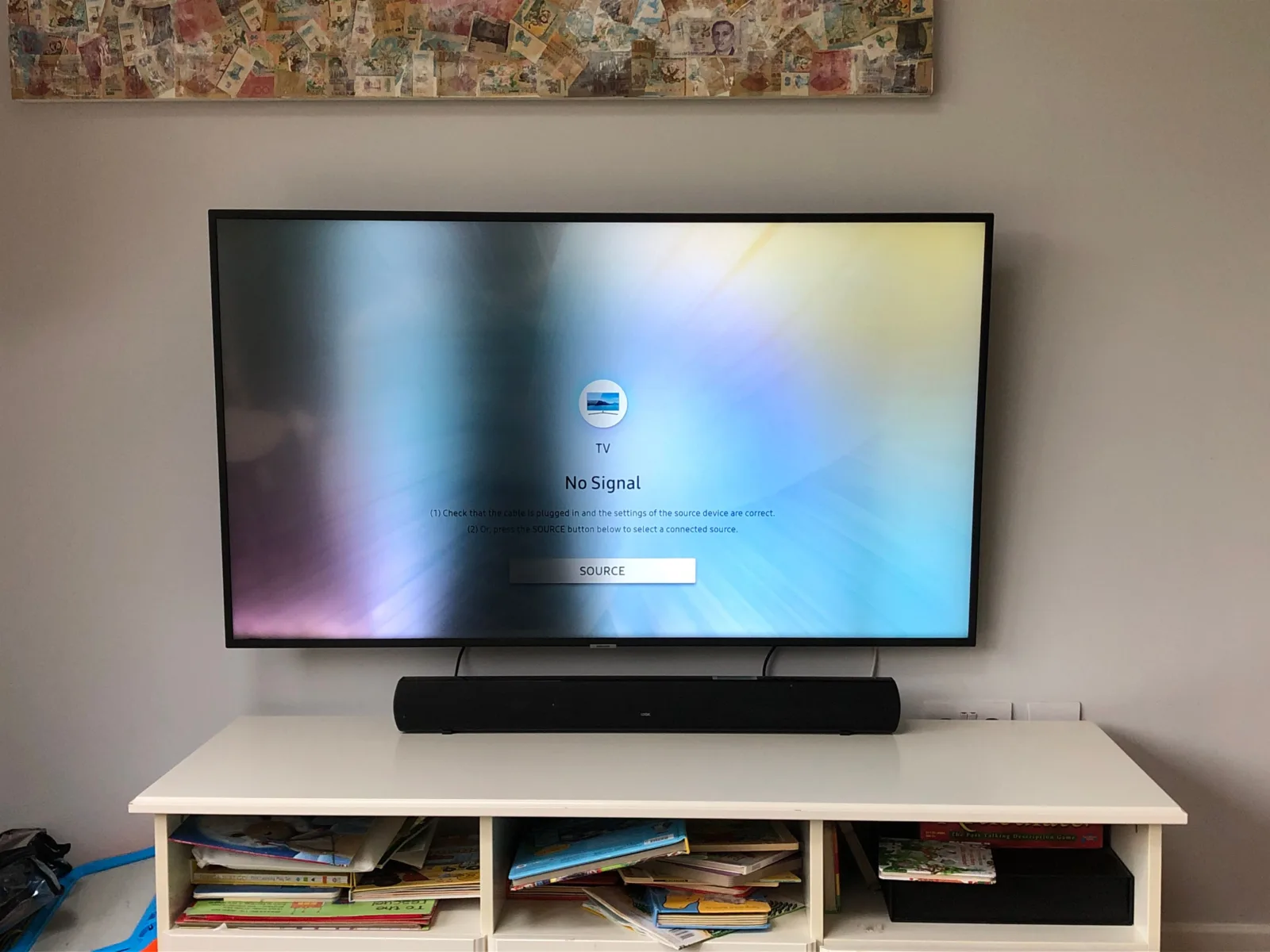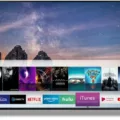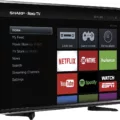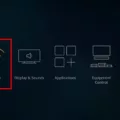If you’re experiencing a dark TV screen, there are several reasons why it’s happening. One of the most common reasons is that your TV’s ambient light detection function is turned on. This feature measures the light in the room and adjusts the screen brightness automatically. It’s designed to reduce power consumption and create a more comfortable viewing experience. However, if you find that your TV screen is too dark, you can turn off this feature by going into the TV’s settings.
Another reason why your TV screen may be dark is due to a faulty HDMI cable. HDMI cables can become damaged or develop a short circuit, which can cause the TV screen to go black. To resolve this issue, you should replace the HDMI cable with a new one.
Sometimes, a simple reset can fix the problem. Unplugging the TV for 5 minutes can reset the television and clear any temporary issues. This can help to resolve minor issues and get your TV screen working properly again.
If none of the above solutions work, you may need to perform a factory reset of the TV. This will erase all of your settings and return the TV to its original state. It’s important to note that this should be a last resort, as a factory reset will erase all of your saved settings and preferences.
A dark TV screen can be caused by a variety of factors. It’s important to troubleshoot the issue and try different solutions to get your TV screen working properly again. By turning off the ambient light detection function, replacing a faulty HDMI cable, or performing a reset or factory reset, you can resolve the issue and enjoy your favorite shows and movies once again.

The Causes of Darkening TV Screens
There can be several reasons why a TV screen may darken. One common reason is that the TV’s Ambient Light Detection function (also known as ECO Sensor) may be activated, which automatically adjusts the brightness of the screen based on the surrounding light. If the room is dark, the sensor may lower the brightness of the screen to reduce power consumption, which can make the screen appear darker.
Another reason why a TV screen may darken is due to a faulty backlight. The backlight is responsible for illuminating the screen, and if it is damaged or not functioning properly, it can cause the screen to appear darker than usual. In some cases, the backlight may need to be replaced.
Additionally, if the TV’s settings are not adjusted properly, it can also cause the screen to appear darker. For example, if the contrast or brightness settings are set too low, it can make the screen appear dimmer than it should be.
TV screens may darken due to the activation of the Ambient Light Detection function, a faulty backlight, or incorrect settings.
Troubleshooting a Dark TV Screen
If your TV screen is dark, there are a few troubleshooting steps you can take to try and resolve the issue. Here are some suggestions:
1. Check your TV’s power source: Make sure your TV is properly plugged in and that the outlet it’s connected to is working. Try plugging another device into the same outlet to see if it works.
2. Check your TV’s brightness settings: If your TV screen is dark, it may be because the brightness settings have been adjusted. Look for the brightness settings in your TV’s menu and make sure they are set to an appropriate level.
3. Replace the HDMI cable: If you are using an HDMI cable to connect your TV to another device, try replacing the cable with a new one. Sometimes a faulty HDMI cable can cause the TV screen to go dark.
4. Unplug the TV for 5 minutes: Try unplugging your TV from the power source for 5 minutes and then plugging it back in. This can sometimes reset the TV and clear any temporary issues.
5. Factory reset the TV: If none of the above steps work, you may need to factory reset your TV. This will erase all of your settings and return the TV to its original state. Look for instructions on how to factory reset your specific TV model in the user manual or online.
Remember to always exercise caution when troubleshooting your TV and to consult a professional if you are unsure about any of the steps.
Reasons for a Dark Picture on a Smart TV
If your smart TV picture is dark, there could be a number of reasons for it. One of the most common reasons is that the Ambient Light Detection Function is turned on. This feature is designed to adjust the TV’s light based on the amount of light in the room. If the room is dark, then the TV will automatically adjust the light to make the picture brighter. However, sometimes this feature can make the picture too dark.
Another reason why your smart TV picture may be dark is because of the TV’s settings. It’s possible that the brightness and contrast settings are not set correctly. You can adjust these settings by going into the TV’s menu and selecting the Picture or Display options.
Additionally, the cables connecting your TV to the cable box or other devices may be loose or damaged. Make sure all cables are properly connected and check for any damage.
Lastly, if none of these solutions work, it’s possible that there may be a problem with the TV’s hardware. In this case, it’s best to contact the manufacturer or a professional technician for assistance.
Conclusion
A TV screen that is displaying a black screen can be caused by various factors, including a faulty HDMI cable, temporary glitches, or the Ambient Light Detection Function. To resolve the issue, unplugging the TV, replacing the HDMI cable, and performing a factory reset are some of the recommended solutions. It is also important to ensure that the Ambient Light Detection Function is turned off if it is causing the screen to appear dark. By following these steps, you can restore the picture quality on your Samsung TV and enjoy your viewing experience without any interruptions.













